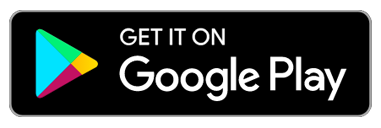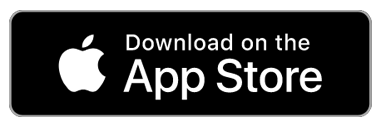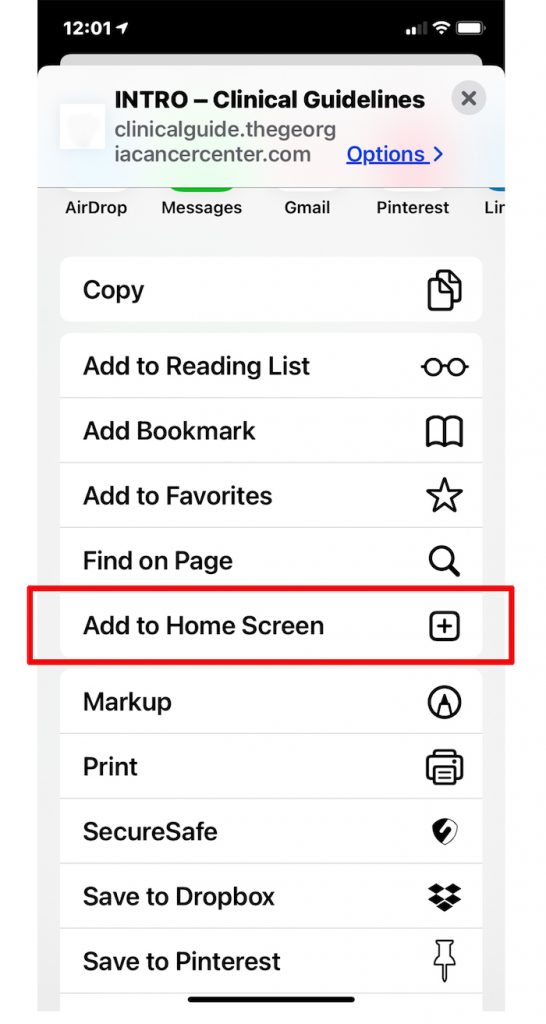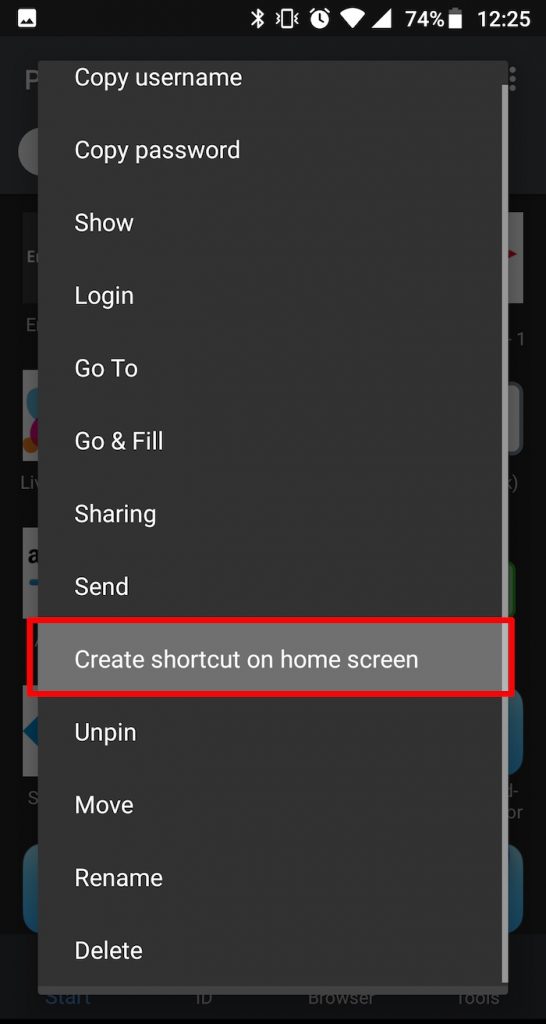Massage used to only be available at high-end spas or health clubs. Some people viewed it as a luxury for the wealthy or a code word for illegal activities. Now massage is widely available and viewed as an important tool in promoting mental and physical health.
Massage is a general term for pressing, rubbing and manipulating your skin, muscles, tendons and ligaments. Massage may range from light stroking to deep pressure. It’s generally considered part of integrative medicine.
Massage is increasingly being offered along with standard treatment for a wide range of medical conditions and situations. If you have never tried massage, read on to learn about its many benefits.
A common misconception about massage is that it’s only part of a spa day and intended for pampering yourself. While this may be true for some people, it is most frequently a tool for stress reduction and pain relief.
Some specific conditions that massage can help include:
- Anxiety
- Depression
- Digestive disorders
- Fibromyalgia
- Headache
- Insomnia
- Nerve pain
- Postoperative care
- Scar tissue
- Soft tissue strains and injuries
- Sports injuries
- Temporomandibular (TMJ) disorders
Physical benefits
For most patients, massage therapy is an important part of specific medical treatment plans to help them return to daily activities. For example, massage therapy is helpful after joint replacement surgery or injury.
Physical benefits of massage include:
- Improved circulation
- Decreased muscle stiffness
- Decreased joint inflammation
- Better quality of sleep
- Quicker recovery between workouts
- Improved flexibility
- Less pain and soreness
- Strengthened immune response
Mental benefits
Massage also has many mental health benefits. Even people who are focused on the physical benefits say they feel less stressed after getting a massage.
Other mental benefits include:
- Lower stress levels
- Improved relaxation
- Improved mood
- Decreased anxiety
- More energy
- Increase feeling of wellness
After a massage
It’s common to feel relaxed, tired or even sore after a massage. This is because your muscles are being worked by the massage therapist. After a massage, it may feel like you completed a workout. It is possible to experience a headache or nausea after a massage.
Some people think that massage must hurt to help. But a massage doesn’t need to be painful to be effective.
If your massage therapist is pushing too hard, ask for lighter pressure. Occasionally you may have a sensitive spot in a muscle that feels like a knot. It’s likely to be uncomfortable while your massage therapist works it out. But if it becomes painful, speak up. Most serious problems come from too much pressure during a massage.
Finding a massage therapist
Like choosing other health care professionals, it’s important to be a conscious consumer when selecting a massage therapist. Ask your primary care provider or someone else you trust to recommend a reputable business or therapist.
Don’t be afraid to ask a potential massage therapist questions such as:
- Are you licensed, certified or registered?
- What is your training and experience?
- How many massage therapy sessions do you think I’ll need?
- What’s the cost, and is it covered by health insurance?
A skilled therapist has a vast toolbox of techniques that can be incorporated based on your needs, and he or she will respond and modify these techniques based on your feedback.
Massage therapy is safe and effective for people of all ages. It’s not only a feel-good way to indulge or pamper yourself. It’s a powerful tool to help you take charge of your health and well-being, whether you have a specific health condition or are looking for a stress reliever.
Ivy Conrad is a licensed massage therapist in Red Wing, Minnesota.







